Speed beyond comparison
High speed drug screening and quantification
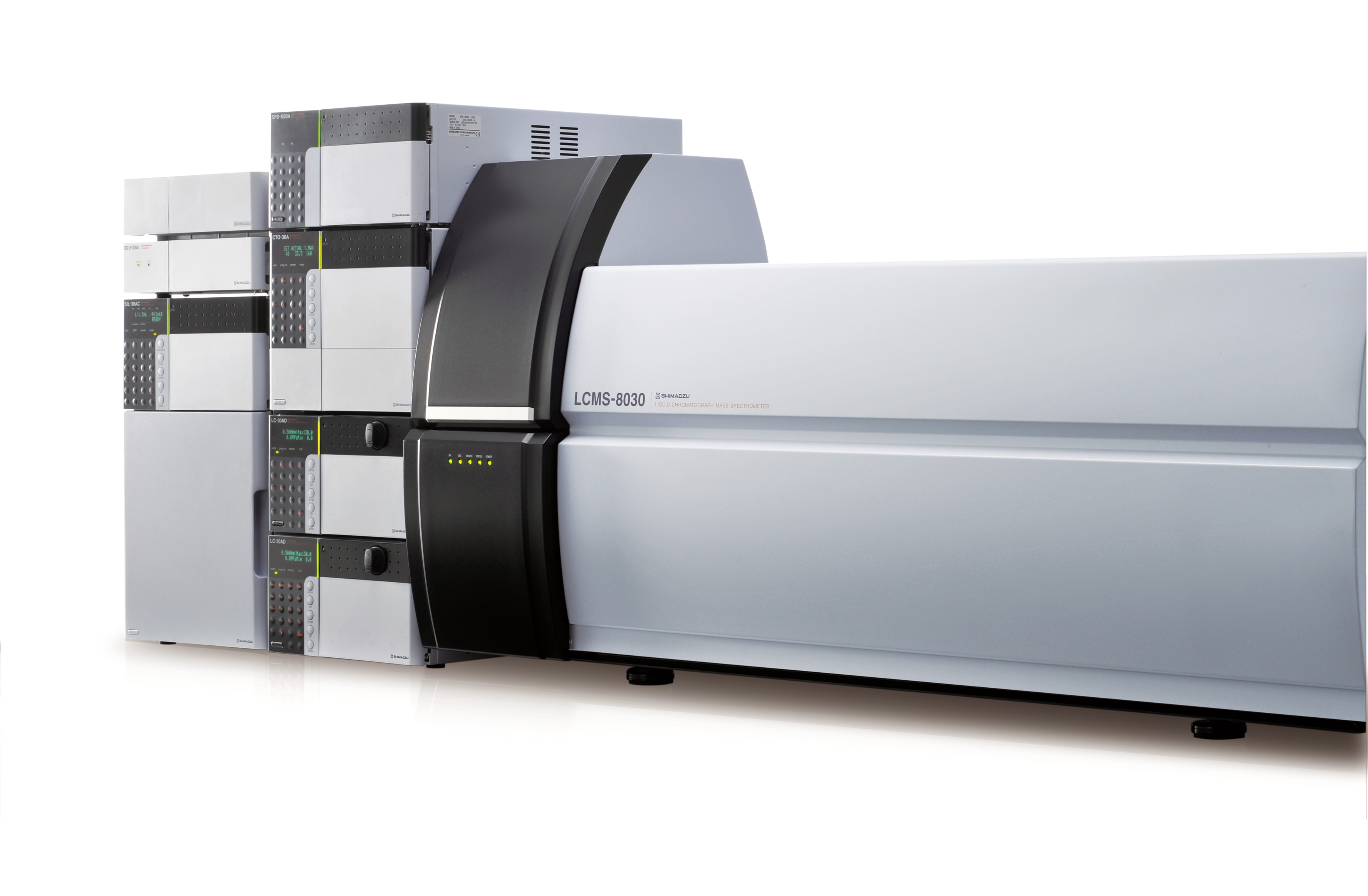 Nexera /LCMS-8030 a perfect combination of high resolution UHPLC with MS/MS detection
Nexera /LCMS-8030 a perfect combination of high resolution UHPLC with MS/MS detection
In the different phases of drug development, metabolites need to be screened on a regular basis. In the early stage where the number of samples screened is still relatively low, the focus is mainly on sensitivity. However, it shifts in general to higher throughput with the demand for moderate sensitivity at a later stage.
In order to be able to fulfill this demand, the analytical solution needs to be reliable on the HPLC as well on the MS whereas a one hand supplier solution has a number of advantages. Fast separation, resulting in narrow peak width, requires the acquisition of enough data points over a peak to be able to generate accurate information for quantification as well as generating product ion scans for further confirmation. In addition to the required fast scan speed the polarity switching is an important feature as well to shorten run time without sacrificing the level of information generated. The demand of low dwell and pause time may be important if a large number of MRM transitions (Multiple Reaction Monitoring) are relevant to screen. In this context, a low cross talk between the different MRMs is important to avoid contamination between the different identification steps as well as an error in the quantification.
Highest speed in its class
The LCMS-8030 has the highest speed in its class, even in Multiple Reaction Monitoring mode for the triple quadrupole LC/ MS/MS. In combination with the high performance Nexera UHPLC system with the lowest carryover market-wide and fastest auto sampler, speed can be reached which is beyond comparison.
In order to minimize cross talk in the collision cell which is a bottleneck in high-speed analysis using triple quadrupole LC/MS/ MS, Shimadzu has developed its unique UFsweeper™ collision cell (patent pending). As a result, the LCMS-8030 can obtain stable, highly-reliable data even during ultra fast measurement. Here up to 500 channels/sec are possible with minimum dwell time of 1 msec as well as a pause time of 1 msec respectively.
Best conditions for a certain compound are defined within 10 minutes
The LCMS-8030 system enables the operator to optimize instrument parameters such as mass accuracy of the precursor ion and fragment ions as well as collision energy for compounds of interest by flow injection. The instrument uses multiple injections of a standard to optimize the individual instrument parameters so that in less than 10 min the best conditions for a certain compound are defined. This process can be set up easily for overnight runs so that larger sample sets can also be conveniently used for optimization.
26 pharmaceutical compounds were analyzed using Shimadzu’s Synchronized Survey Scan (SSS) shown in figure 1. In this mode, full scan measurement is rapidly followed by automated product ion scanning. High-speed polarity switching (15 msec) and rapid scan rates (15,000 u/sec) allow multiple collision energies to be employed for unknowns even with narrow peak widths. This enables molecular weight confirmation from the Q3 scan data and also generates structural fragmentation information from the same peak.
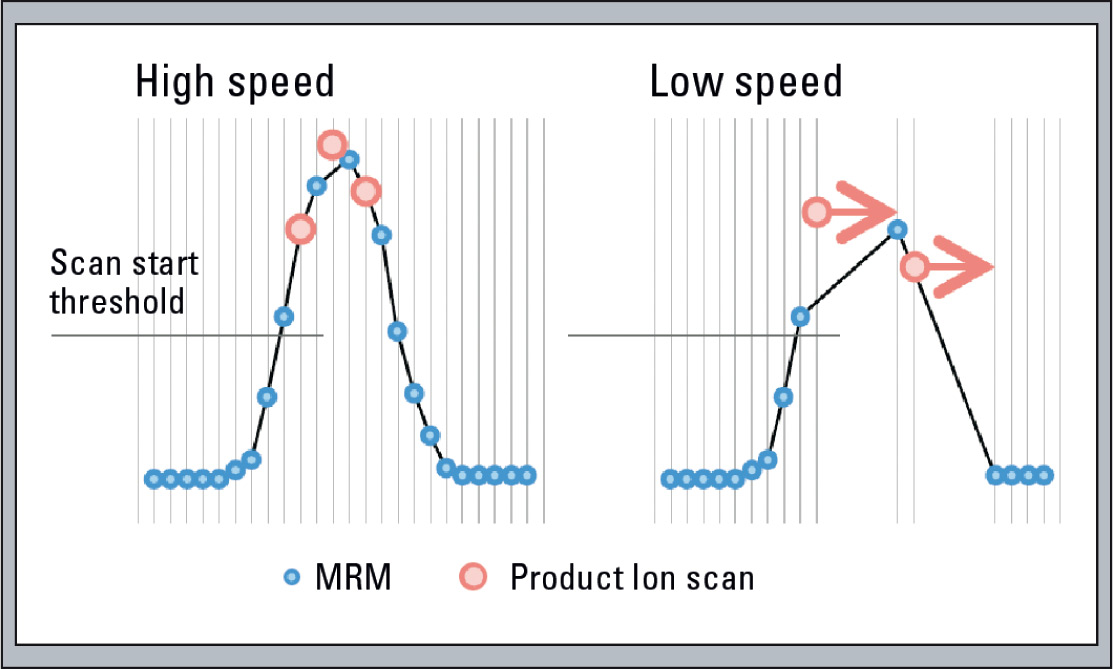 Figure 1: The fast scan speed enables generation of product ion scans without the risk of losing too many data points.
Figure 1: The fast scan speed enables generation of product ion scans without the risk of losing too many data points.
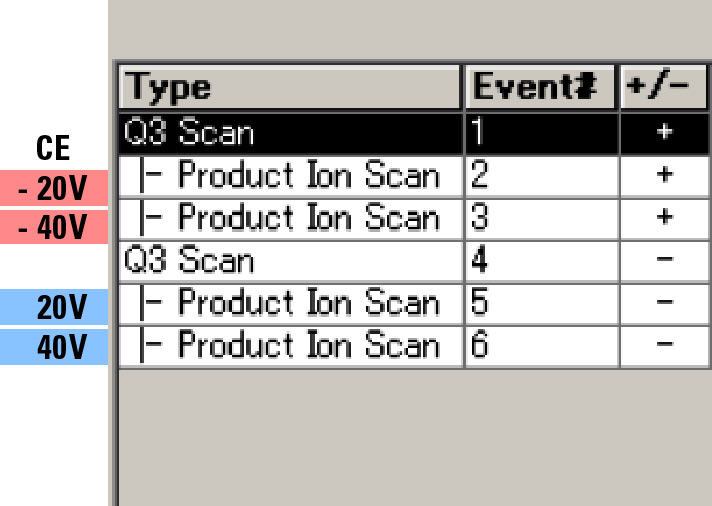 Figure 2: MS method using Synchronized Survey Scan function
Figure 2: MS method using Synchronized Survey Scan function
A total of 26 pharmaceutical compounds were evaluated. Figure 3 shows the analytical result for Cilostazol and Warfarin. As illustrated in table 1, all compounds were detected in either positive mode, negative mode or both, demonstrating the LCMS-8030’s effectiveness for drug discovery and synthesis confirmation.
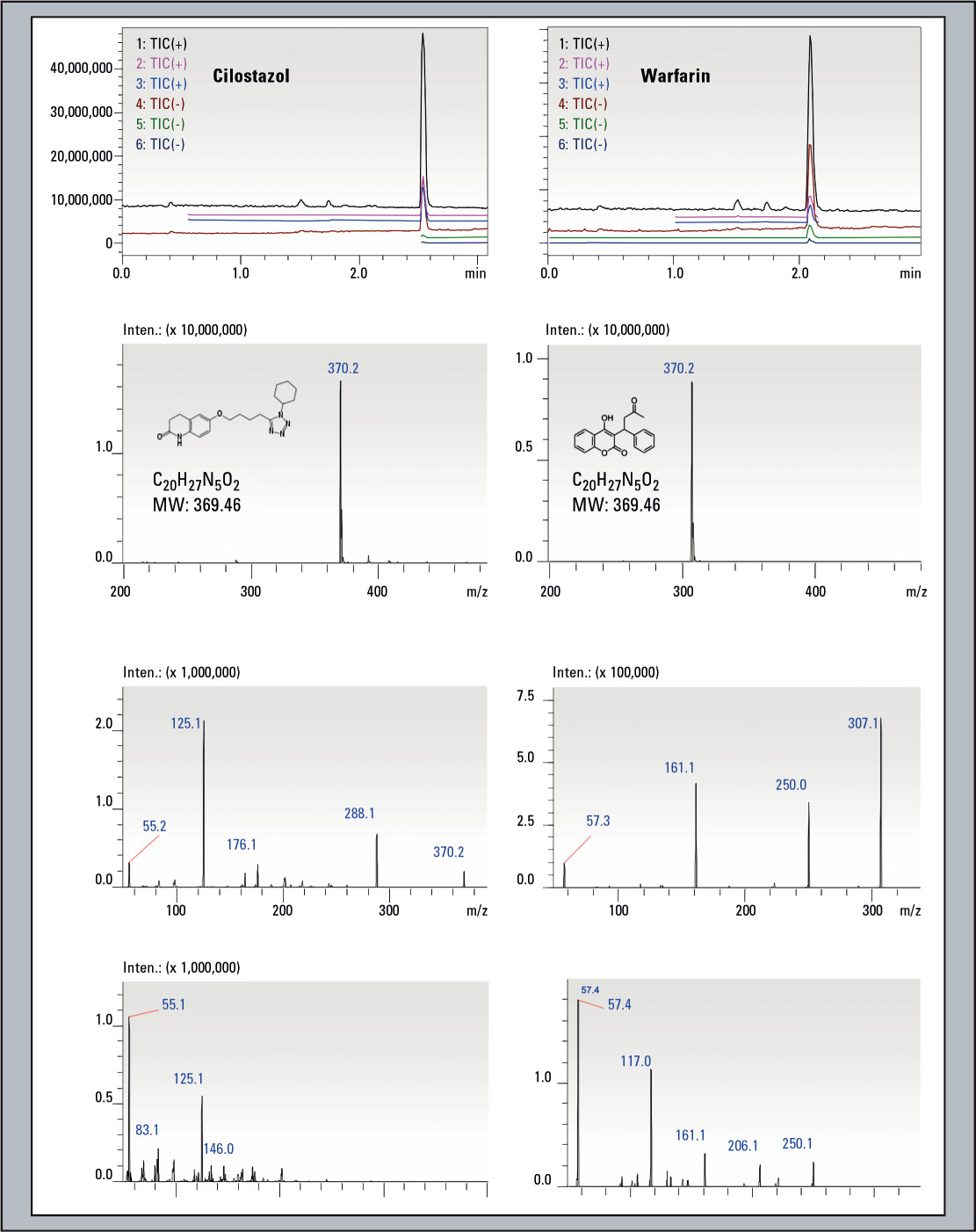 Figure 3: Analytical results (Cilostazol, Warfarin)
Figure 3: Analytical results (Cilostazol, Warfarin)
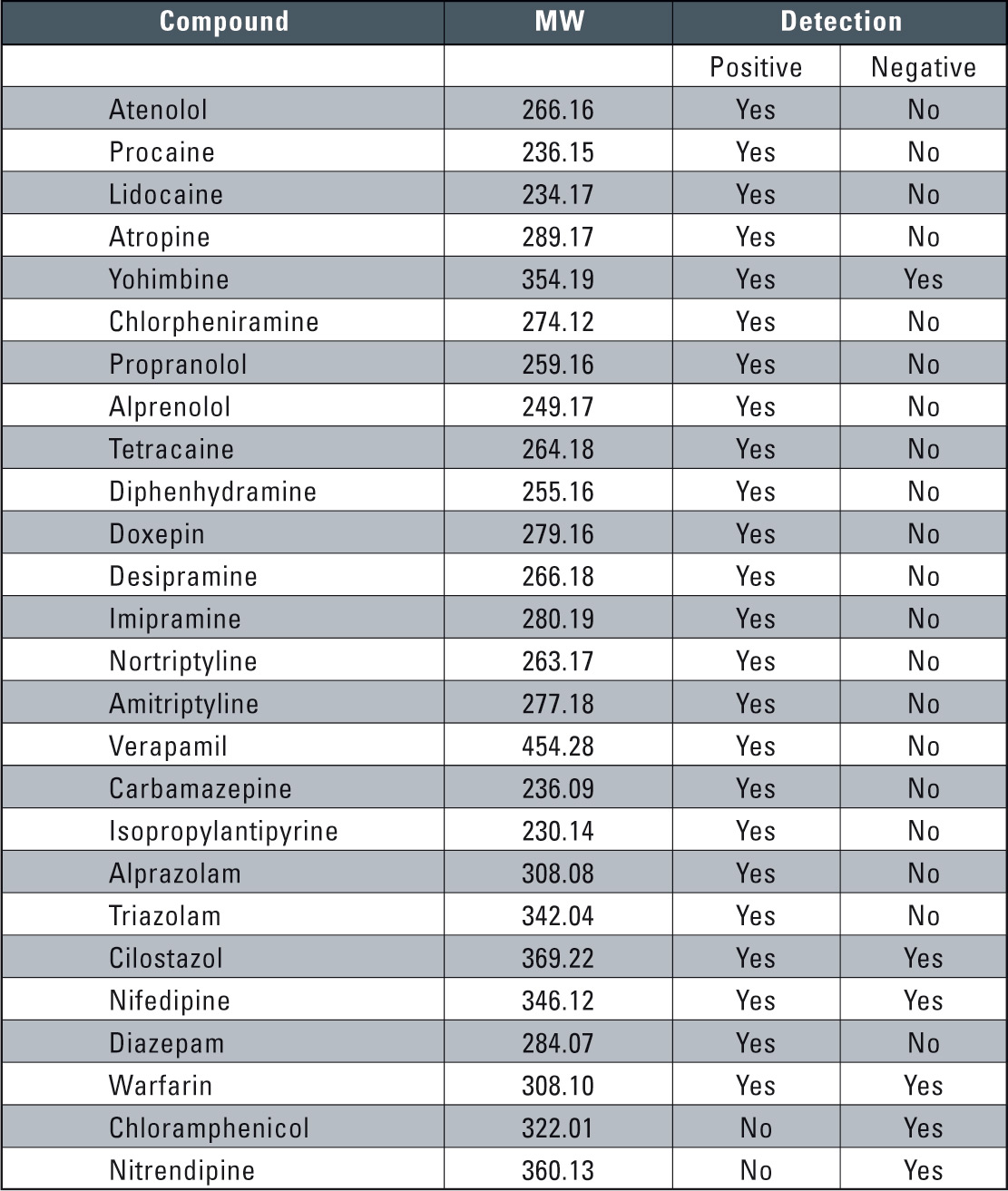 Table 1 : List of screened compounds
Table 1 : List of screened compounds
Chromatographic condition
Column: Shim-pack XR-ODSII (2.0 mm I.D. x 50 mm L.)
Mobile phase A: 5 mmol/L ammonium formate-water
Mobile phase B: acetonitrile
Gradient program: 5 %B (0 min) –> 95 %B (3-3.50 min) –> 5 % B (3.51 – 5 min)
Flow rate: 0.3 mL/min
Injection volume: 5 µL
CDL temperature: 250 °C
Block heater temperature: 400 °C
Nebulizing gas flow: 1.5 L/min
Drying gas flow: 10 L/min
Column temperature: 40 °C
Collision energy: pos -20V, -40V; neg 20V, 40V
Q1/Q3 resolution: Unit/Unit
Scan type: Q3 scan – product ion scan
Scan range: m/z 200 – 500
Ionization mode: ESI positive and ESI negative
Scan speed: 3333 u/sec
The Nexera/LCMS-8030 triple quadrupole solution enables setting up of screening experiments in a very efficient way and stands out due to its highest flexibility in pressure range, flow rate and scan speed paired with ease of use and maintenance.